Table of Contents
Photography genre
Neo-materialist photography
New materialistic photography is also called “dominant photography” and “new realist photography”. It is a genre of photography art that emerged in the 1920s.
The artistic characteristic of this genre is to seek “beauty” in common things. Use close-up, close-up and other techniques to “separate” the subject from the whole, highlight a certain part of the object, and accurately and faithfully describe its surface structure, so as to achieve a dazzling visual effect. It does not consider that the essence of art lies in the essence of the object, so its aesthetic thought belongs to the category of naturalism. For example, the rotary axis of the locomotive photographed by the photographer Paqiu in 1923 used a close-up technique to show the state of the rotary axis of the locomotive when the locomotive was in motion. The picture abandons other details and gives the audience a strong visual impression.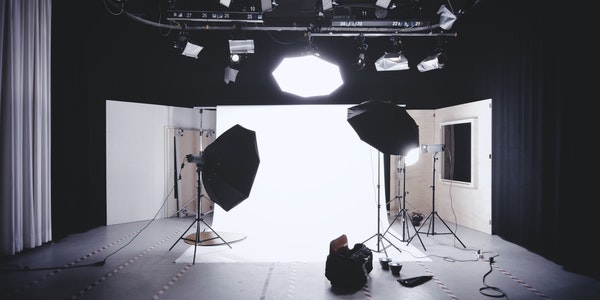
![]()
The theoretical pioneer of New Materialism is Strand, and he stipulates the artistic characteristics of “New Materialism” as follows: “New materialism is the essence of photography, and it is also the product and boundary of photography.” He believes that photography ” The expression of life is extremely strong and requires the eyes to observe the right things. For this reason, it is not based on the perfunctory process and operation method, but must use pure photography.” The creative pioneer of neo-materialist photography is Ah Jay and Steichen. The actual founder is Paqiu mentioned above.
The achievements of the new immaterialist photographers are to encourage people to study and explore the characteristics of photography, and to pull photography from the aesthetic illusion world back to real life. However, due to the excessive emphasis on the description of the detailed surface structure of the material, it provided the germination soil for the later abstract photography.
Around 1925, due to the emergence of large-caliber small cameras, new developments in the field of expression of neo-materialism resulted in many portrait works and works reflecting social life and natural scenery.
Surrealist photography
Surrealist photography is a genre that appeared in the field of photography during the decline of Dada, and it emerged in the 1930s.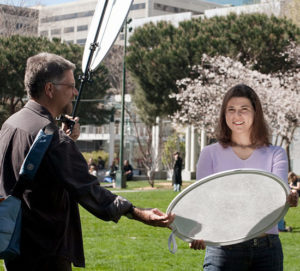
This first-class school has a more rigorous art program and art theory. They believe that the use of realistic creative methods to express the real world is a task that classical artists have already accomplished, while the mission of modern artists is to explore the new and unexplored “spiritual world” of human beings. Therefore, human subconscious activities, accidental inspiration, psychopathy and dreams have become the objects deliberately expressed by surrealist photographers.
Surrealists in photography, like Dada photographers, use scissors, paste, and darkroom techniques as their main modeling methods to create a surreal “artistic state” between reality and imagination, concrete and abstract. “. So its effect is peculiar, absurd and mysterious.
The founders of this genre were the British photographer Stun and the American Bryuquier (1880-1945). The real finisher was the British stage photographer Mark Kebin (1905—?). In his creation, he combined the illusion of “surreal” with the reality of reality, creating a kind of both illusion and reality. realm. For example, “Marcobin’s Self-Portrait” created by him in 1946 is a very typical surreal work. It was shot using four exposures—one front, two sides, and one eye.
The famous photographers of this class include the painter Parhan, who is engaged in surrealist photography; Brandt, the deformed body photographer; Carson, the portrait and propaganda photographer, and Blumenthal, Lorraine, Halsman, Lai Yi et al.
Abstract photography
Abstract photography is a genre of photographic art that emerged after the First World War.
Photographers of this genre deny that plastic art is a basic feature that reflects life and expresses the artist’s aesthetic feelings in a measurable artistic image, and claims to “liberate photography” from photography.
In the initial stage, the bottomless magnification method was used to omit the detailed texture and rich tones of the “subject”, and make a “light picture” that only expressed its shape. Later, it developed to either use light, or edit the collection, or halfway exposure, or shake the camera during shooting to blur the image of the subject in the negative, or double exposure to make it double-image, until the surface structure of the picture is changed, and the surface structure of the picture is changed. The original form and spatial structure of the photographed object try to use the so-called “absolutely abstract language” of form, tone (color) and material to transform the photographed object into some kind of lines, spots and shapes that cannot be recognized. hybrid. To express the so-called subconscious world of the most real and essential power of human beings regarded as the standard by the artists of this school. In the work, the subject is nothing more than a “melody” borrowed by the artist to produce the “melody” of one’s own imagination and personality at will.
The originator of abstract photography was Terbo (1800—1877). At the beginning, the artwork still maintains a certain degree of recognizability. By 1917, the “Bordeaux Pictorial” taken by photographer Cobain (1882-1968) with wood chips and shards of transparent glass was completely unrecognizable. In 1922, the Hungarian abstract painter Moholinaki (1895-1976) developed on the basis of Man Rui (1890-1980) and others, and established it theoretically. Subsequently, abstract painters Kandinsky, Koehler, etc. introduced microphotography and X-ray photography, which greatly expanded the scope of expression of abstract photography, enriched the language of photographic art, established their own artistic system, and became popular in Europe and the United States and other countries.

“Dadaist” Photography
“Dadaism” is a literary thought that appeared in Europe during the First World War. “Dada” was originally an incoherent vocabulary of “pony” or “toy horse” in French children’s language. Because Dada artists deny rationality and traditional culture in their creations, claim that art and aesthetics have no connection, advocate “abandoning painting and all aesthetic requirements”, and advocate nihilism, making creation almost ridiculous, so people call this art genre “Dada” send”.
Since Dada’s photographic art works do not meet people’s general aesthetic taste and aesthetic requirements, after 1924, they have gradually been impacted by the surrealist art school with clear and complete artistic tofu and program. But its influence can still be seen in the later modernist photography art.
The famous Dada photographers include Philip Halsman, Morgan, Lac Romo Holinaki and Listki.
Subjective photography
Subjectivist photography is a genre of photography art formed after World War II that is more “abstract” than abstract photography, so it is also called “post-war school”.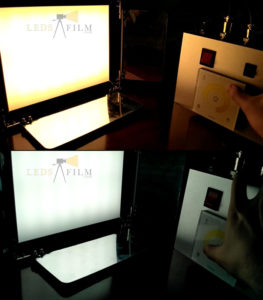
It is a reflection of existential philosophical trends in the field of photographic art. Its founder is German photographer Ot Steinette. He believes that “photography is a broad field that originally has its own ability to play, but also has a high degree of subjective action. But now it has become a kind of mechanical realism.” Therefore, he put forward the “artistic proposition of subjective photography art. It is strongly advocated that the ultimate of photography art should be to remind the photographer himself of certain obscure ideas and express unspeakable inner state and subconscious activities.” Subjective photography is personalized and personalized photography. . This is the art program of the genre. Subjective photography artists extremely emphasize their own creative personality and despise all existing art rules and aesthetic standards. This school of theorists publicly stated that “subjective photography is not just an experimental image art, but a free and unrestricted creative art.” “We can use any technical means to create photos.”
The Evolution of Western Body Photography
In the history of world art, there was a glorious period of body art in the Greek and European Renaissance. The photographic art born afterwards has experienced the shocking artistic expression of the objective reality at the beginning, and is full of exploration spirit and creativity. Photographers began to advance into the field of human photography. In 1857, the Swedish photographer and later living in the United Kingdom, Leidalan, took a picture of “Two Roads of Life” which was regarded as a classic in the history of photography. This picture is rich in plot and scenes, and uses a lot of human bodies. The theme of the work is to observe the good and punish the evil, centering on the elders on the white temples. The two groups of characters on both sides embody two different moral concepts, life ideals and life journeys. But it has also been attacked by a few people, saying that it uses so many naked women, its posture is rough and lewd, it is pornographic and so on. It can be seen that in ancient and modern times, in China and abroad, no matter how positive ideological significance or clever artistic treatment it is, body art will be criticized and attacked by some people. This is probably a regular response.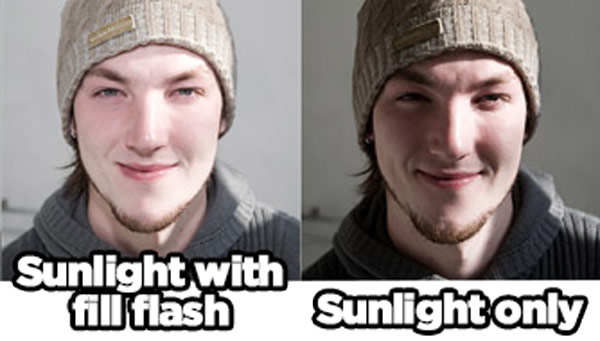
The development trend of western body photography is very obvious. While developing conventional and traditional human photography, it is also popular for expressing strong subjective feelings, modern photography language, creating works of various genres and styles, and even appearing deformity, cutting, reorganization, mystery, absurdity, and ugly artistic conception. Such as Jerry Usman’s symbolic human body photography, Roger Madin’s “The Random Human Body”, Todd Wolk’s primitive and huge body photography, Robert Henneschin and Qi Desu ·The cut and reorganized human body photography of Okhama, the absurdity human body photography of Lisli Kronas, the sexy human body photography of Ningda, Conradoni Mitchell, etc.
Photographic terminology
Image depth
The distance between the two imaging planes where the front and back boundaries of the depth of field are conjugated respectively. The image depth corresponds to the depth of field. The greater the image depth, the greater the depth of field.
The standard for determining the depth of field: the permissible blur circle diameter of the 135 camera is generally 1/30mm, which is 0.033mm.
Hyperfocal length:
When the lens is focused at infinity, the scene at infinity is formed into a clear image. At the same time, the object at a certain point in the finite distance can also reach the standard of clarity. Objects close to this point will be blurred. Then, the object will be blurred. The distance between the lenses is the hyperfocal distance.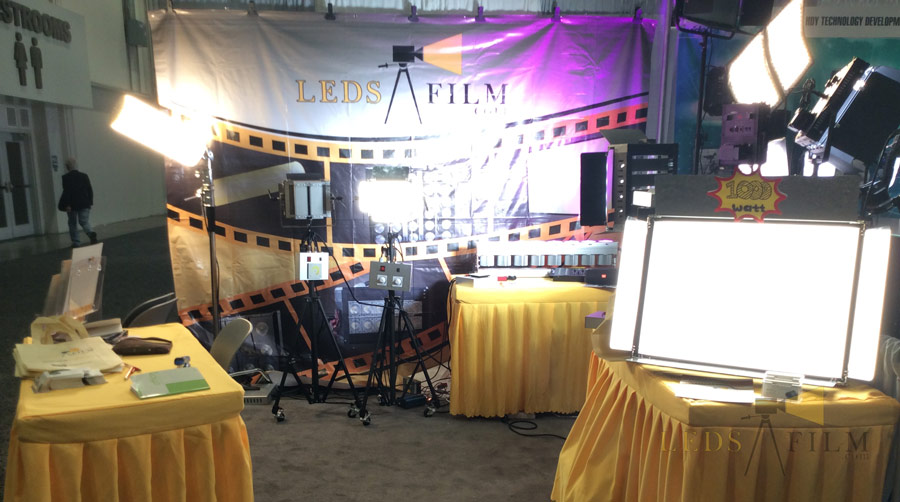
Focal length:
The distance from the center of the lens to its focal point. The unit of focal length is usually expressed in mm (millimeters). The focal length of a lens is generally marked on the front of the lens, such as f=50mm (this is what we usually call a “standard lens”, because its angle of view is the same as that of the human eye. Called standard lens), the focal length of 28-70mm (our most commonly used lens) is the most suitable for shooting portraits, 70-210mm (telephoto lens), etc.
Aperture:
A device used to control the amount of light passing through the lens. The aperture is denoted by F, and there are f1.0, f1.4, f2.0, f2.8, f4.0, f5.6, f8.0, f11, f16, f22, f32, f44, f64.
Shutter
A device used to control the length of exposure time. Types are divided into mechanical shutter and electronic shutter.
In traditional mechanical cameras, the shutter generally uses three types: curtain shutter, inter-lens leaf shutter, and steel shutter. They are also used in current digital SLRs, while electronic shutters are mostly used in mirrorless cameras, card cameras, and mobile phone cameras. In the module. Among them, curtain shutters can be divided into vertical-traveling curtain shutters and horizontal-traveling curtain shutters. The steel shutter can reach higher speeds (currently the highest shutter speed can reach more than 1/12000 second). The maximum speed of the inter-lens leaf shutter generally does not exceed 1/500 second, but the biggest advantage of the inter-lens leaf shutter is that the noise generated during shooting is extremely low, which is very conducive to sneak shots, and can achieve synchronized flashing in the full speed range.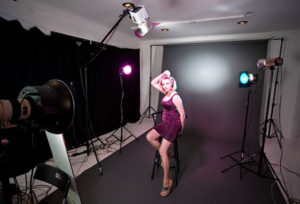
Shutter speed
The time the shutter is open. It refers to the time (exposure time) that light passes through the film. For example, “1/30” means the exposure time is 1/30 second. Similarly, “1/60” means the exposure time is 1/60 second. The shutter speed of 1/60 second is twice the shutter speed of 1/30 second. . The rest can be deduced by analogy.
Note: Some materials refer to the shutter speed as the shutter time. The names of the two are different, but the meaning is the same, and both refer to the time the shutter opens.
Depth of field
The range of relatively clear images. The depth of field depends on three factors: the focal length of the lens, the distance between the camera and the subject, and the aperture used. The relationship between depth of field and the above three is: (1) The longer the focal length, the shorter the depth of field; the shorter the focal length, the longer the depth of field (for example: at the same aperture and distance, the depth of field of a 28mm lens is much greater than 70mm The depth of field of the lens); (2) The closer the distance, the shorter the depth of field, the farther the distance, the longer the depth of field (for example: under the same focal length and aperture, the depth of field of the subject at 10 meters is much larger than the subject Depth of field at 1 meter); (3) The larger the aperture, the shorter the depth of field, the smaller the aperture, and the longer the depth of field (e.g. at the same focal length and distance, the depth of field at the aperture of F16 is much larger than the aperture Is the depth of field at F4).
